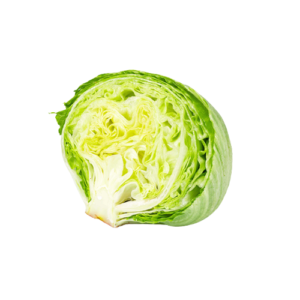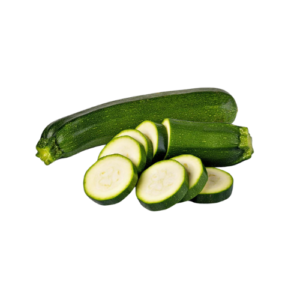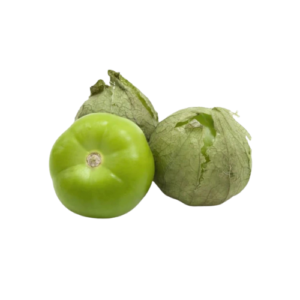Cilantro offers a bright, citrusy flavor with a hint of pepper, which enhances the taste of both savory and sweet dishes. Its unique taste can be polarizing, but for those who enjoy it, cilantro is an indispensable ingredient that brings freshness and complexity to meals.
Culinary Uses in Latin Cuisine
- Salsas and Sauces: Cilantro is often used to flavor salsas and sauces, providing a vibrant contrast to tomatoes, onions, and chilies. Fresh cilantro is a key ingredient in salsa verde, giving it a distinctive green color and fresh taste.
- Soups and Stews: In Latin soups and stews like pozole and menudo, cilantro adds a refreshing note that balances rich and hearty flavors. It’s typically added at the end of cooking to preserve its bright taste.
- Marinades and Rubs: Cilantro is frequently used in marinades for meats, including carne asada and pollo al pastor. Its robust flavor helps tenderize and infuse the meat with aromatic notes.
- Garnishes: Fresh cilantro leaves are often used as a garnish for dishes such as tacos, burritos, and enchiladas, adding a pop of color and a burst of fresh flavor.
- Rice and Beans: Cilantro is a common addition to rice and beans, where it complements the dish with its herbal freshness and enhances the overall taste.
Varieties and Substitutes
While cilantro is the term used for the fresh leaves of the plant, coriander refers to the seeds and is used as a spice. For those who find cilantro’s taste too strong or unpleasant, parsley can be used as a substitute in many recipes, though it lacks the distinctive citrusy flavour.
Price: The price is listed per bunch.
Cilantro is a versatile herb that can transform ordinary dishes into something special with its vibrant flavour. Explore the many uses of cilantro in Latin cooking to discover its full potential.






Reviews
There are no reviews yet.